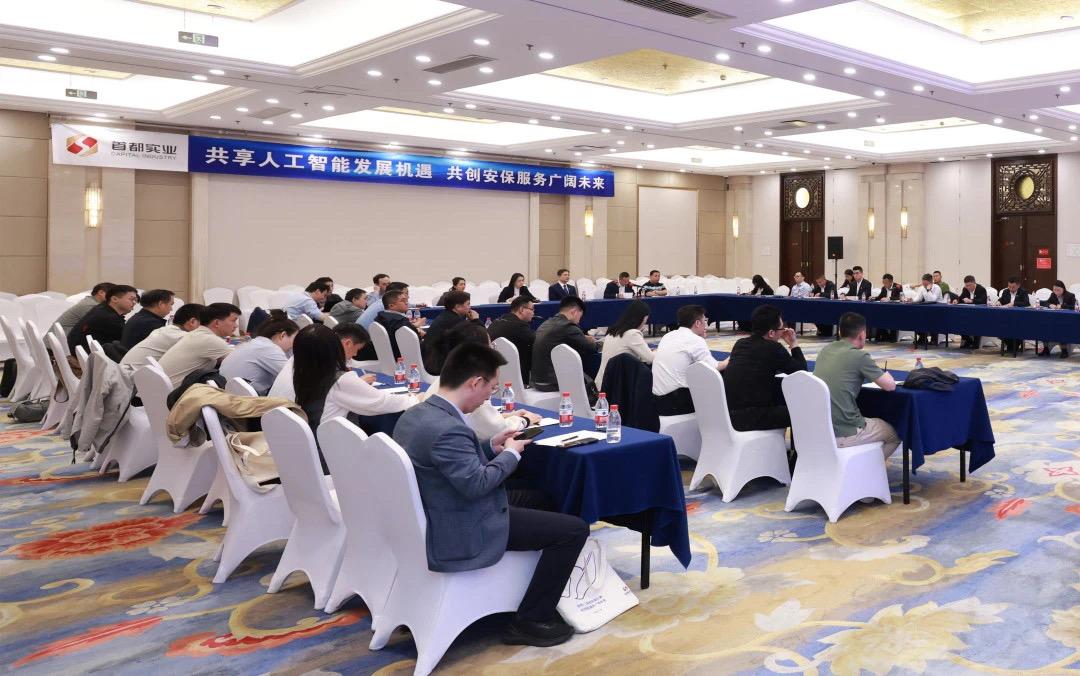U.S. Tariff Tactics Draw Strong Criticism
U.S. President Donald Trump's declaration of "reciprocal tariffs" has threatened the very foundations of the post-World War II global trade system. Ostensibly designed to rectify "trade imbalances," this announcement has emerged as a textbook case of economic self-sabotage. It has plunged U.S. businesses and consumers as well as the global economy into turmoil. From Wall Street to households, multinational corporations to small businesses, the costs of this trade war are becoming increasingly apparent.
Flawed logic at heart of announcement
The Trump administration's tariff methodology has drawn sharp criticism, with financial and economic experts pointing out that the "reciprocal tariffs" formula — dividing the U.S. trade deficit with a country by its exports to the U.S., and then halving the result — simplifies trade imbalances.
In fact, the United States Trade Representative's report explicitly stated at the outset that its methodology calculation "assumes that persistent trade deficits are due to a combination of tariff and non-tariff factors that prevent trade from balancing." The U.S. think tank Peterson Institute for International Economics commented that this represents a fundamentally flawed assumption, suggesting that the Trump administration did not make a genuine effort to quantify the actual magnitude of existing trade restrictions.
As American billionaire businessman Kenneth Langone, who is also a veteran Republican donor, bluntly stated in a Financial Times interview: "I don't understand this goddamn formula ... I believe [Trump's] been poorly advised by his advisers about this trade situation — and the formula they're applying."
Corporate collateral damage and supply chain disruptions
The tariff has struck U.S. enterprises and caused upstream costs to surge and downstream demand to diminish, disrupting the production chain.
Take Apple as an example. Morgan Stanley estimates that the tariffs could add approximately 8.5 billion USD annually to Apple′s costs. Reuters reported analysts warning that the U.S. retail price of Apple's latest phone model, the iPhone16ProMax, might jump from the current 1,599 USD to 2,300 USD if Apple shifts all tariff costs to consumers.
Small businesses face existential threats. Global toy company Basic Fun! had to put all shipments of its products from Asia on hold due to the inability to pass on the cost hikes. The company's chief executive Jay Foreman told The New York Times, "It's one thing to try to absorb or pass along 10 percent to 20 percent, but 54 percent to 104 percent, it's impossible. The consumer will just shut down."
This supply-demand vise has compressed corporate margins to historic lows. After the tariffs were announced, technology stocks such as Apple, Tesla, NVIDIA, and Amazon continued to fall, and the market continued to be turbulent.
Soaring household costs and public backlash
Ultimately, it is the U.S. general public who will bear the brunt of the policy's costs.
According to U.S. Department of Agriculture data, Americans rely heavily on imports for their daily coffee, fresh produce, seafood, and olive oil. With the additional tariffs, products such as Brazilian and Colombian coffee face 10 percent tariffs; EU wines and olive oils are subject to 20 percent tariffs; and Indian basmati rice and Thai jasmine rice have incurred tariffs of 26 percent and 36 percent, respectively.
The Associated Press reported that estimates from Yale University's Budget Lab indicate the tariffs could lead to an average annual increase of 3,800 USD in U.S. household consumption expenses. Clothing and textile prices are projected to rise by 17 percent, while furniture prices could surge by 46 percent.
Meanwhile, public anger has erupted across the U.S. According to CBS, on April 5 alone, over 1,300 protests were held across all 50 states, with hundreds of thousands participating. This highlights the widespread public discontent.
Retreating from globalization
Trump's tariff policies have pushed U.S. trade barriers to their highest level since the Great Depression of the 1930s, directly undermining the global trade order established after World War II.
Major economies, including the EU, China, Canada and Brazil, have swiftly announced retaliatory measures. They are responding to America's unilateral trade actions through various measures such as lodging complaints with the World Trade Organization, raising import tariffs, and restricting market access for certain American products. As the situation evolves, more countries may join in these counteractions.
Jamie Dimon, CEO of financial giant JPMorgan Chase, warns that the cumulative effects of tariffs could "lead to lasting negative consequences," potentially pushing the U.S. to the brink of a recession. Goldman Sachs has already raised the probability of a U.S. economic recession in 2025 to 45 percent and significantly lowered its American GDP growth forecast.
Trump's protectionist tariffs are a reckless gamble without strategic merit. They fail to address trade imbalances while weakening U.S. business competitiveness, burdening consumers, and destabilizing the global trade system. As Wall Street warns of "accelerating inflation and recession risks," the policy's collapse is inevitable.
History shows trade wars have no winners. To avoid deeper crises, restarting dialogue and returning to international cooperation is the only viable path forward.







